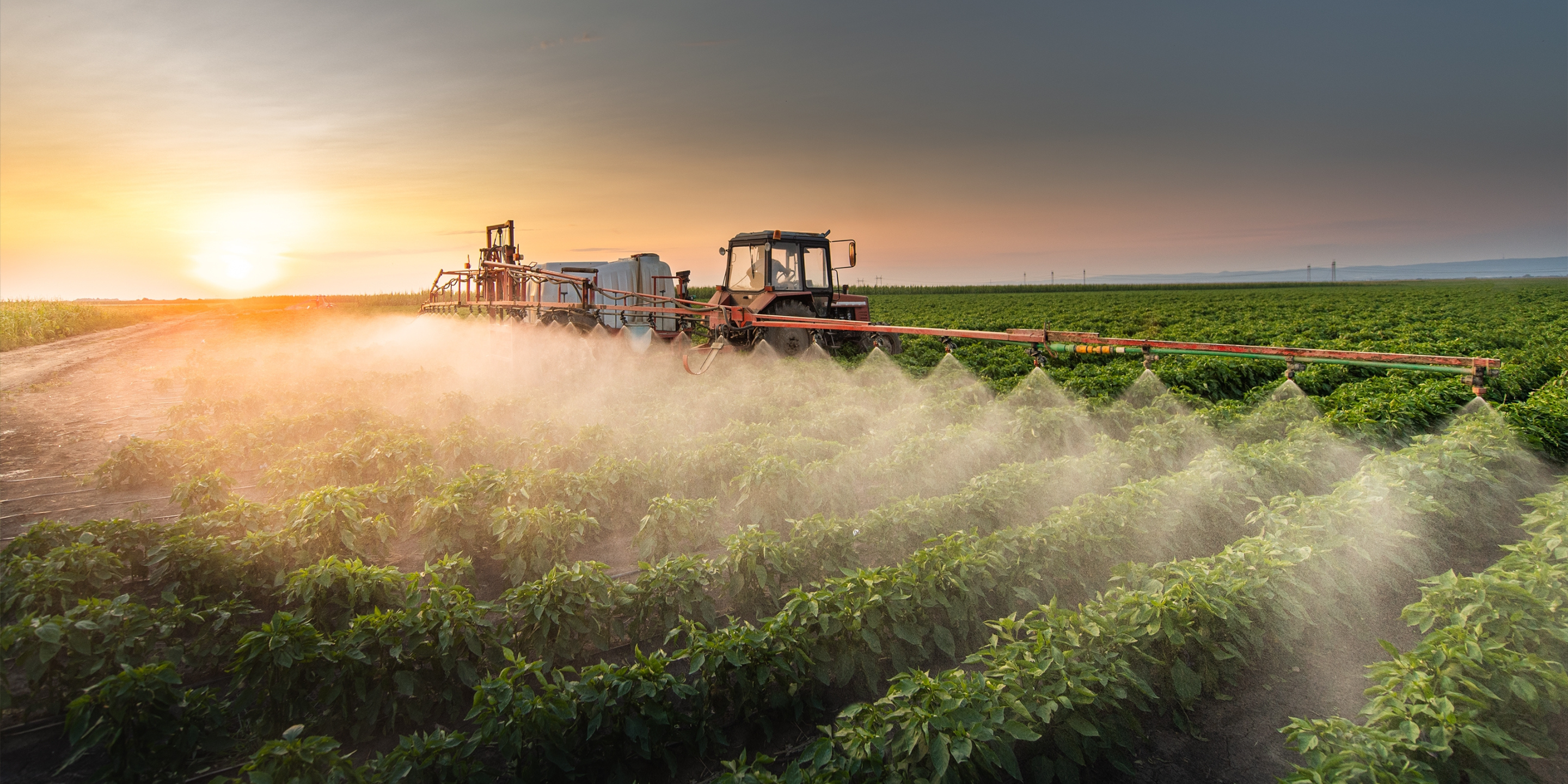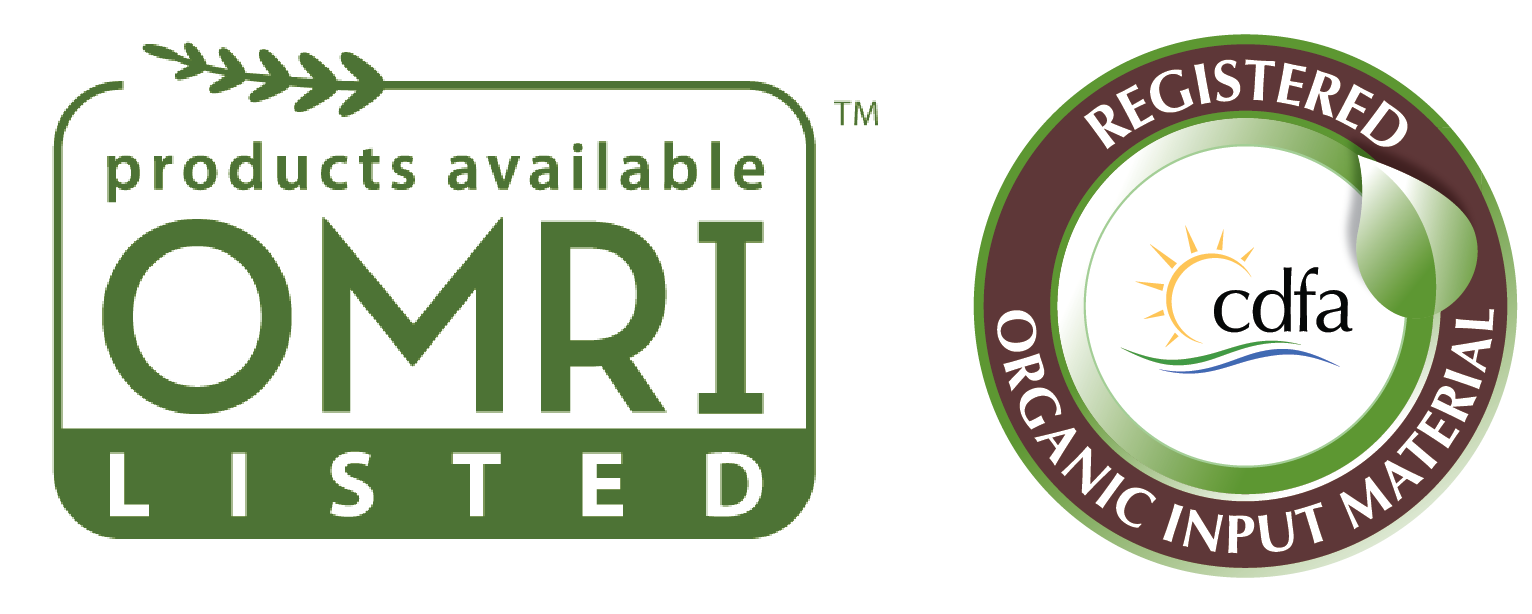Cautionary Fungicides

Cautionary Fungicide
Using Mycorrhizae with Fungicides
Fungicides play a crucial role in managing fungal diseases in agriculture. Their use should be approached cautiously to minimize adverse effects on microbiology and the environment. Integrated approaches that consider the broader ecosystem and prioritize sustainability are essential for effective disease management.
There are many ways in which mycorrhizae can still benefit your plants or crops if you utilize a chemical fungicide that is harmful to mycorrhizae. Enclosed is an extensive list of fungicides that may be used with mycorrhizae without negative impact. The longer you wait to apply a fungicide after mycorrhizal inoculation, the better it will be for the mycorrhizal establishment and development.
If a fungicide’s effect on mycorrhizae is unknown, we recommend applying after the establishment of the relationship between the plant and mycorrhizae, typically 3-4 weeks. You can choose to apply the fungicide prior to introducing mycorrhizae, then wait for a week before adding the mycorrhizae.
Ongoing research aims to develop safer and more targeted fungicides that minimize harm to beneficial microorganisms. Additionally, there's increasing interest in biofungicides derived from naturally occurring microorganisms, which can help manage fungal diseases with reduced ecological impact.
While fungicides play a crucial role in managing fungal diseases in agriculture, their use should be approached cautiously to minimize adverse effects on microbiology and the environment. Integrated approaches that consider the broader ecosystem and prioritize sustainability are essential for effective disease management.

